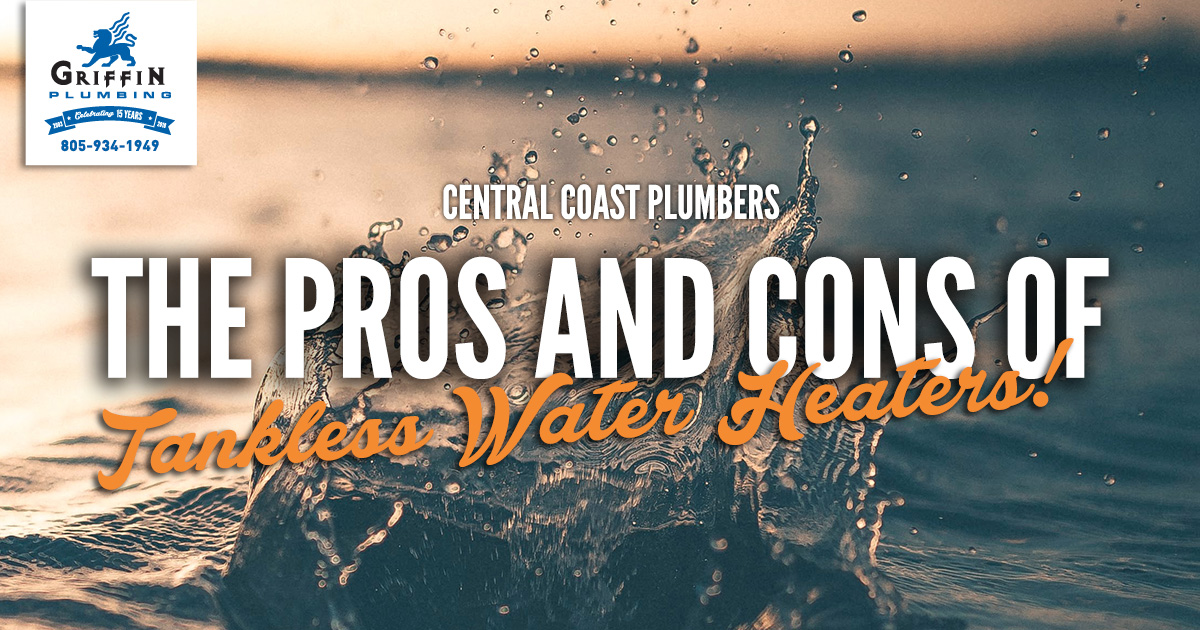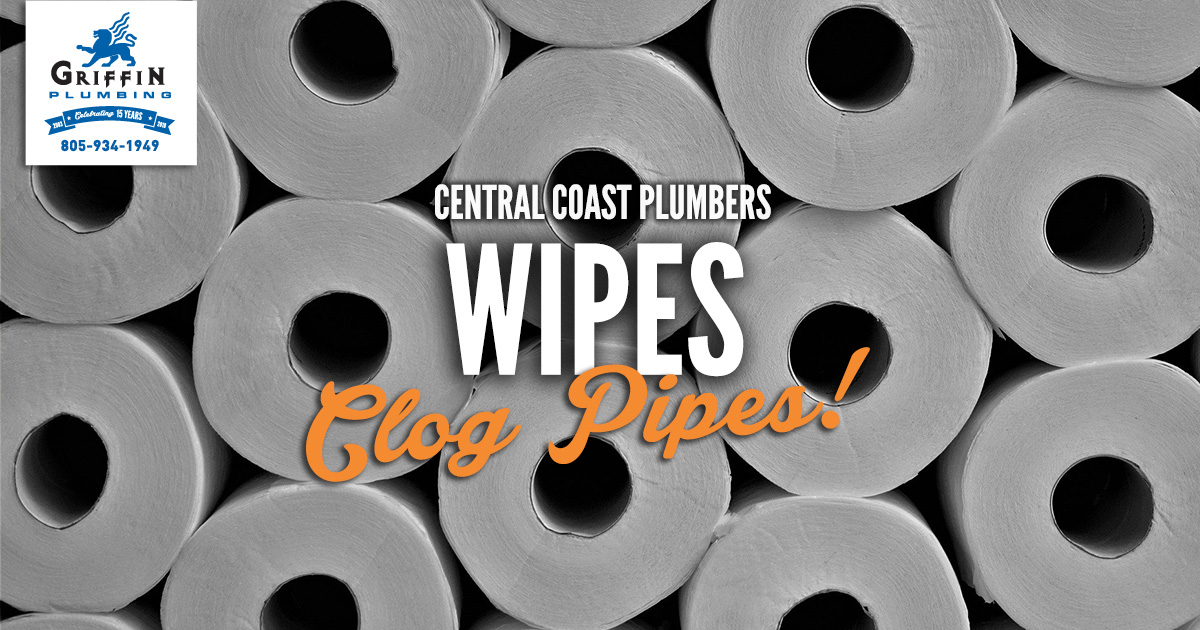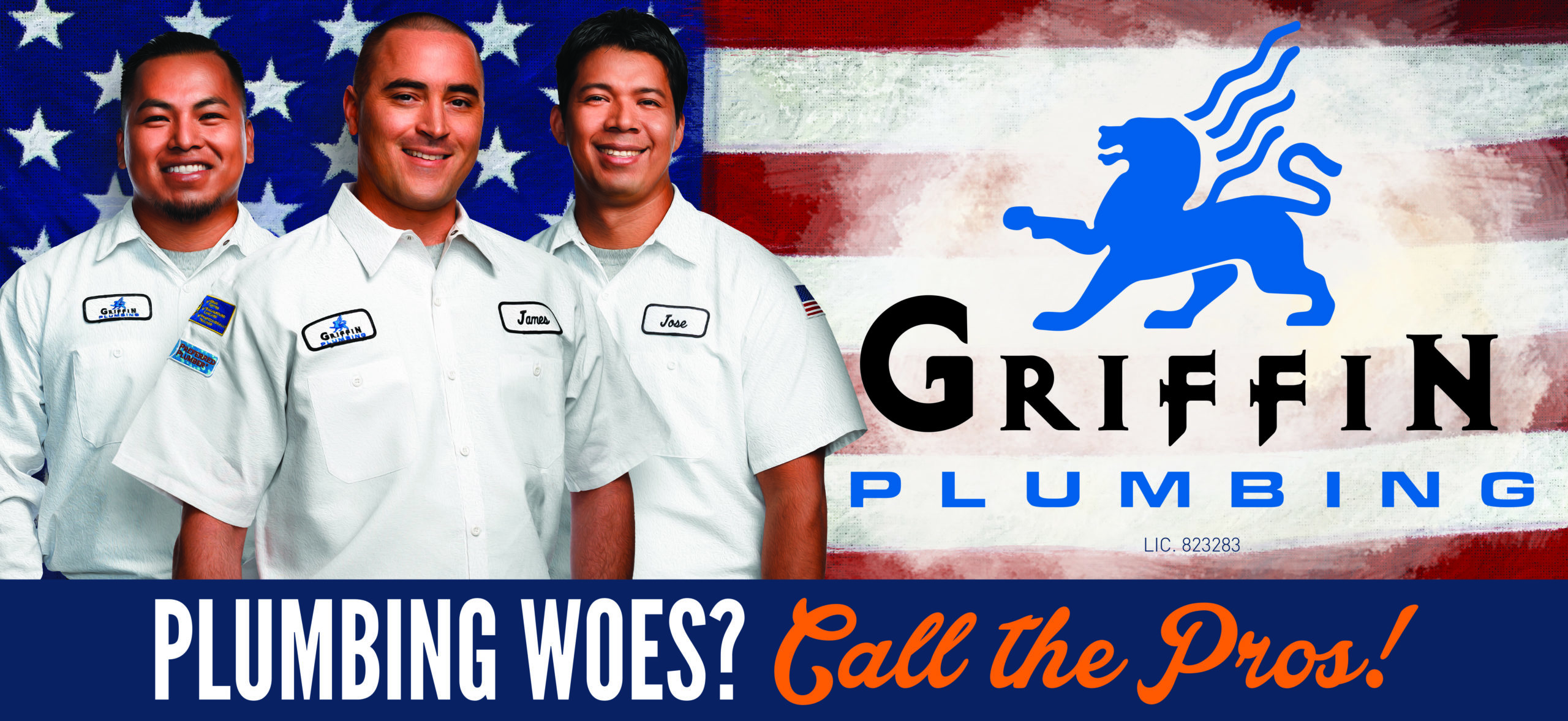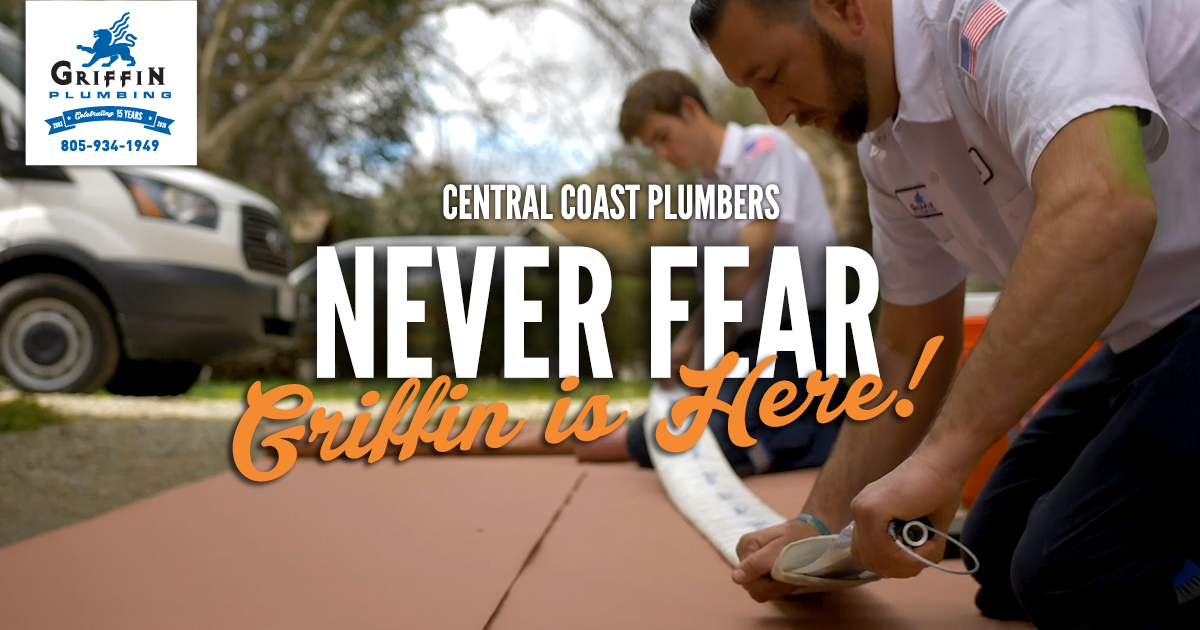The team at Griffin Plumbing knows all too well that hard water can be a sore subject for anyone who has ever had to live with it. This is especially true for residents of California’s Central Coast. Between the dry skin it frequently causes, the calcium and rust-colored stains that it imposes on your showers, tubs, sinks, and toilets, and the general annoyance that comes with dealing with both of those issues, it is important to know that you do not have to live like this forever. Why? Ask any knowledgeable plumber and they will tell you the solution you are looking for is a water softener.
Why a water softener?
The most common minerals found in hard water are calcium, magnesium carbonate, and manganese. Essentially, the water softener works as a water conditioner. It makes water more slippery and prevents minerals in the water from sticking to surfaces such as your bathroom tile or your skin. This means no more hard water stains to scrub until your arms ache, and softer, cleaner skin and clothing for you.
3 Most Common Styles of Water Softeners
There are multiple styles of water softeners for sale in today’s market. Here is a short breakdown of the most popular options and how they work.
– Salt-Based Ion Exchange Softener
This is the most common style of water softener used in homes across America. It is a two-tank system that uses resin (salt) beads and brine to cleanse the water coming into your home of its “hard” minerals. This ion exchange removes the hard minerals and replaces them with salt instead.
– Salt-Free Water Softener
This type of water softener is not as effective as the ion-exchange softener, because it uses potassium-chloride salt substitute in lieu of sodium. This system does not remove the hard minerals from your water, but it does serve as a descaler, which prevents the minerals from creating deposits in and on your appliances and plumbing.
– Dual-Tank Water Softener
This system is ideal for a household that uses a lot of water all day and night. The dual tanks take turns softening the water, with one tank treating water while the other is dispensing already treated water. When the dispensing tank is emptied, it switches back to treatment mode and the other tank takes over. This means that you will consistently have treated water available for your use.
Griffin Plumbing – Your Water Softener Experts
If you want more information about your plumbing system and water softeners, are interested in water testing to determine how hard your water really is, are concerned about salt versus salt-free softeners, or have any other plumbing concerns, call Griffin Plumbing today and allow us to help.
Say goodbye to hard water…Call Griffin Plumbing at 805-934-1949, and let us soften your hard water away!





